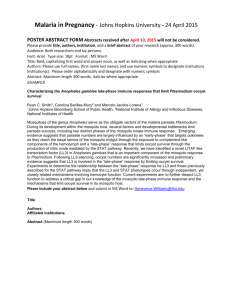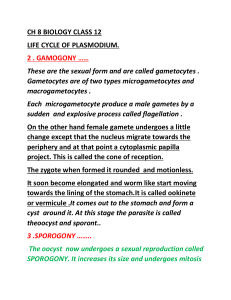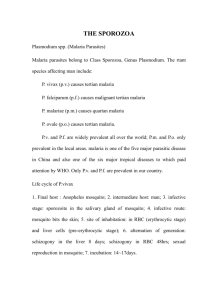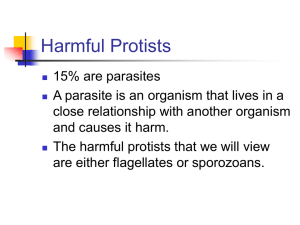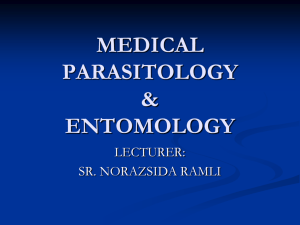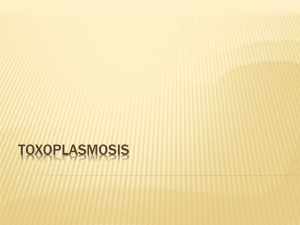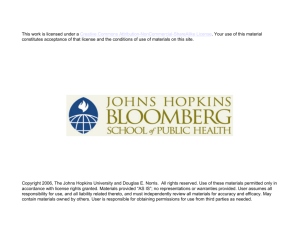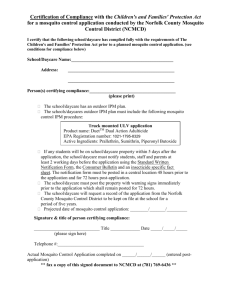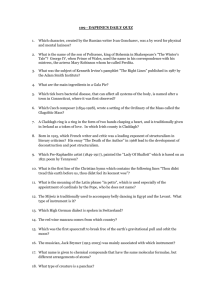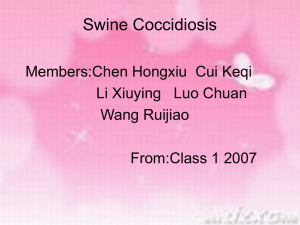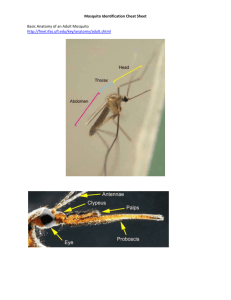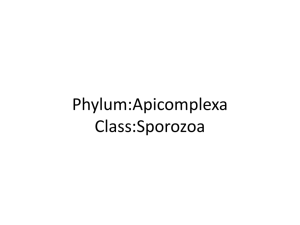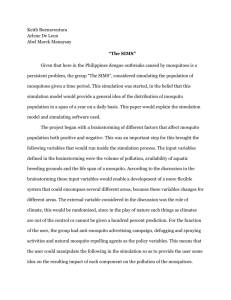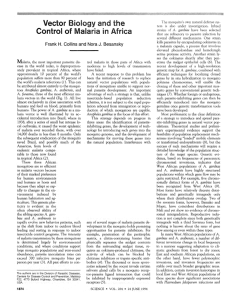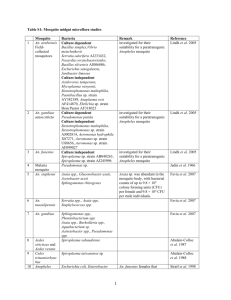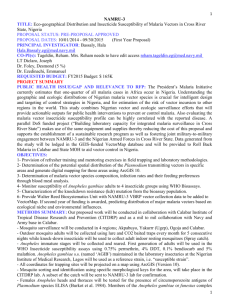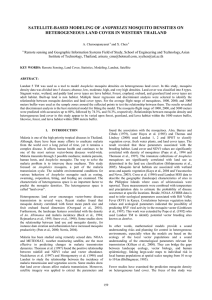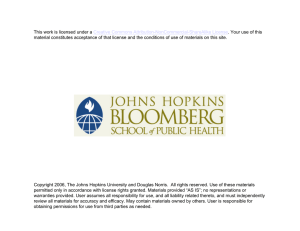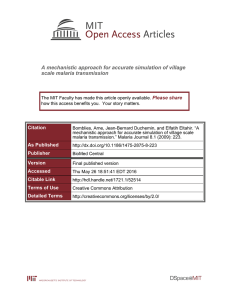Abstract Form - Johns Hopkins Malaria Research Institute
advertisement
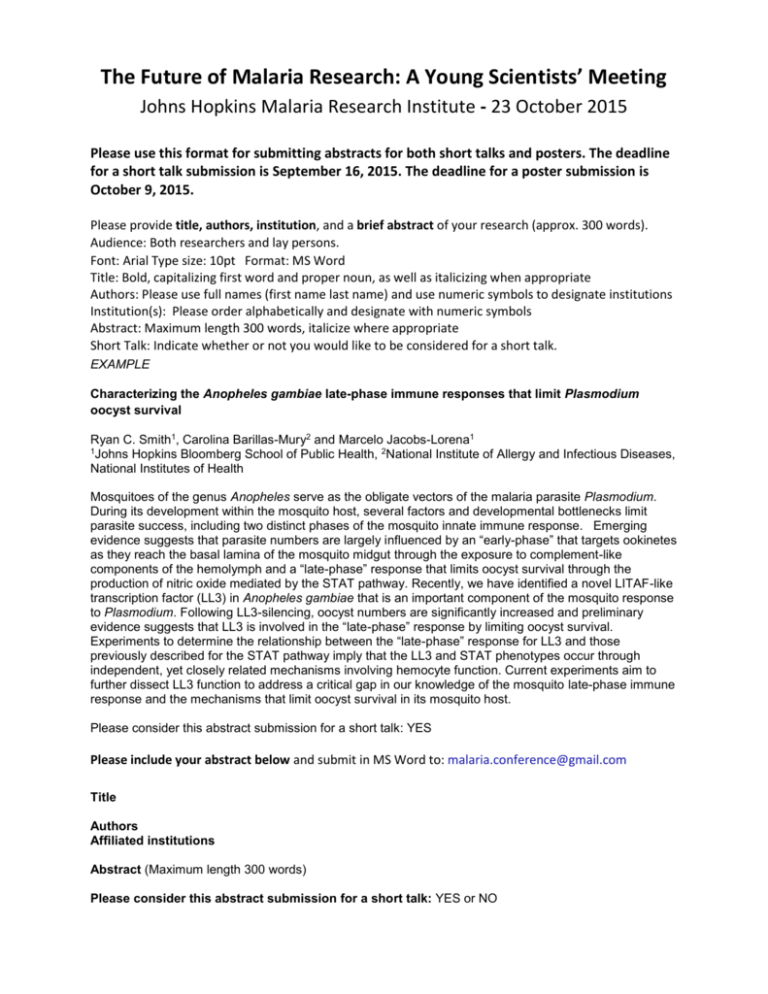
The Future of Malaria Research: A Young Scientists’ Meeting Johns Hopkins Malaria Research Institute - 23 October 2015 Please use this format for submitting abstracts for both short talks and posters. The deadline for a short talk submission is September 16, 2015. The deadline for a poster submission is October 9, 2015. Please provide title, authors, institution, and a brief abstract of your research (approx. 300 words). Audience: Both researchers and lay persons. Font: Arial Type size: 10pt Format: MS Word Title: Bold, capitalizing first word and proper noun, as well as italicizing when appropriate Authors: Please use full names (first name last name) and use numeric symbols to designate institutions Institution(s): Please order alphabetically and designate with numeric symbols Abstract: Maximum length 300 words, italicize where appropriate Short Talk: Indicate whether or not you would like to be considered for a short talk. EXAMPLE Characterizing the Anopheles gambiae late-phase immune responses that limit Plasmodium oocyst survival Ryan C. Smith1, Carolina Barillas-Mury2 and Marcelo Jacobs-Lorena1 1Johns Hopkins Bloomberg School of Public Health, 2National Institute of Allergy and Infectious Diseases, National Institutes of Health Mosquitoes of the genus Anopheles serve as the obligate vectors of the malaria parasite Plasmodium. During its development within the mosquito host, several factors and developmental bottlenecks limit parasite success, including two distinct phases of the mosquito innate immune response. Emerging evidence suggests that parasite numbers are largely influenced by an “early-phase” that targets ookinetes as they reach the basal lamina of the mosquito midgut through the exposure to complement-like components of the hemolymph and a “late-phase” response that limits oocyst survival through the production of nitric oxide mediated by the STAT pathway. Recently, we have identified a novel LITAF-like transcription factor (LL3) in Anopheles gambiae that is an important component of the mosquito response to Plasmodium. Following LL3-silencing, oocyst numbers are significantly increased and preliminary evidence suggests that LL3 is involved in the “late-phase” response by limiting oocyst survival. Experiments to determine the relationship between the “late-phase” response for LL3 and those previously described for the STAT pathway imply that the LL3 and STAT phenotypes occur through independent, yet closely related mechanisms involving hemocyte function. Current experiments aim to further dissect LL3 function to address a critical gap in our knowledge of the mosquito late-phase immune response and the mechanisms that limit oocyst survival in its mosquito host. Please consider this abstract submission for a short talk: YES Please include your abstract below and submit in MS Word to: malaria.conference@gmail.com Title Authors Affiliated institutions Abstract (Maximum length 300 words) Please consider this abstract submission for a short talk: YES or NO
